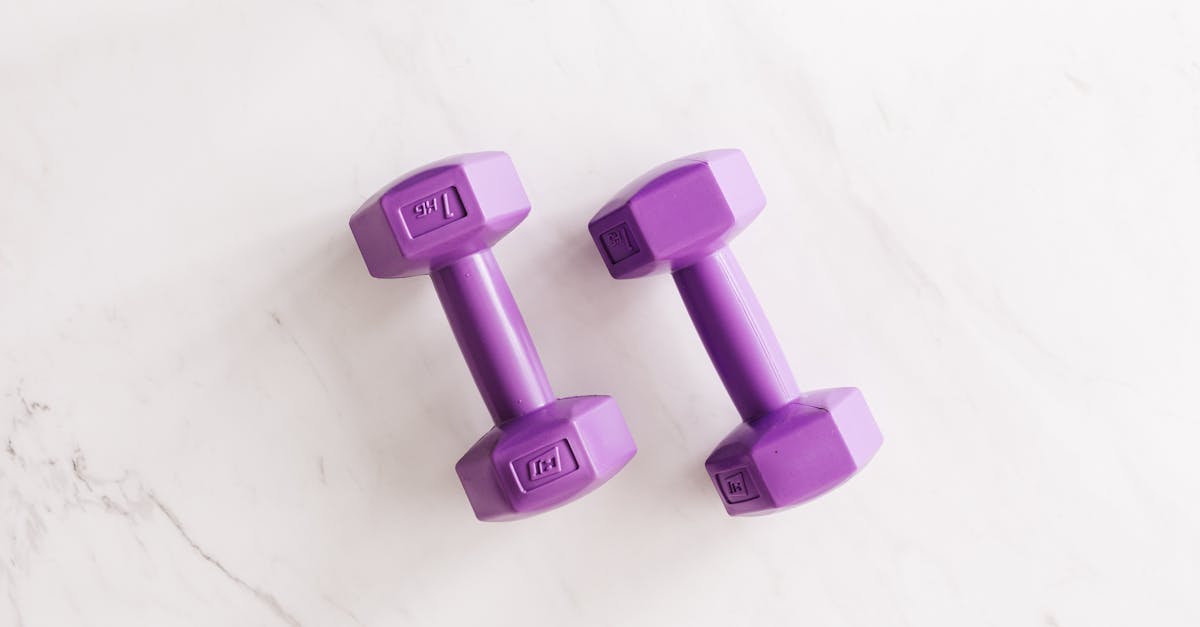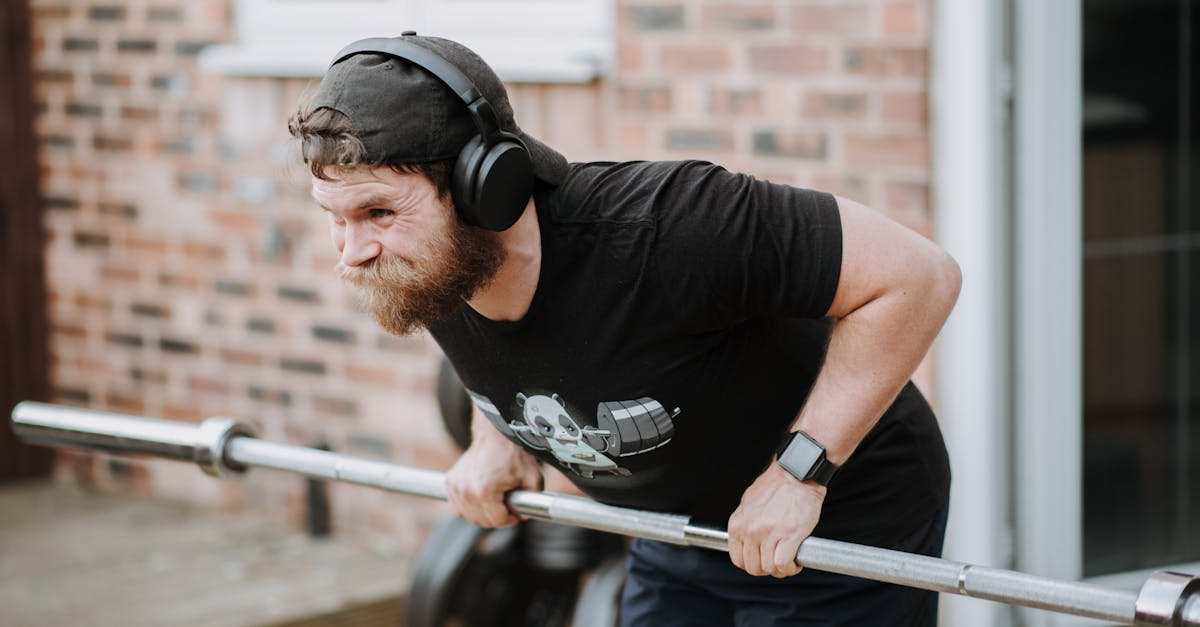Pulled Hip Muscle Stretches: Essential for Recovery and Flexibility
Rediscovering Mobility: Stretching for Pulled Hip Muscles

Pulled Hip Muscle Stretches: The Key to Recovery and Flexibility
Pulled hip muscles can cause discomfort, limit movement, and impact daily activities. Understanding the causes, symptoms, and potential complications is crucial for effective recovery. Stretching plays a critical role in improving flexibility, reducing inflammation, and alleviating pain. This article explores essential stretches for pulled hip muscles, accompanied by step-by-step instructions and illustrations. By understanding the benefits of stretching and following proper techniques, you can enhance your recovery and regain optimal hip function.
In this comprehensive guide, we will delve into the causes and symptoms of pulled hip muscles, highlighting the importance of stretching for recovery. We will provide detailed instructions for effective hip muscle stretches, including the standing quad stretch, kneeling hip flexor stretch, seated butterfly stretch, and lying piriformis stretch. Additionally, we will offer tips for effective stretching, such as listening to your body, holding stretches properly, and warming up and cooling down. Furthermore, we will explore complementary recovery measures, including rest, ice, physical therapy, and strengthening exercises, to support hip muscle healing and prevent recurrence.
1. Understanding Pulled Hip Muscles
Understanding Pulled Hip Muscles: Causes, Symptoms, and Complications
Pulled hip muscles, also known as hip strains, occur when the muscles or tendons around the hip joint are overstretched or torn. These injuries can range from mild to severe, depending on the extent of the damage. Understanding the causes, symptoms, and potential complications of pulled hip muscles is essential for effective treatment and recovery.
Causes
Hip strains are commonly caused by activities that involve sudden or forceful movements, such as running, jumping, or twisting. They can also result from overuse, especially in individuals who engage in repetitive or strenuous activities without proper warm-up or stretching. Additionally, certain factors can increase the risk of developing a pulled hip muscle, such as muscle tightness, ضعف العضلات, and poor flexibility.
Symptoms
The severity of symptoms associated with pulled hip muscles can vary depending on the grade of the strain. Common symptoms include:
- Sudden onset of pain in the hip or groin area
- Difficulty walking or bearing weight on the affected leg
- Swelling and bruising around the hip joint
- Muscle spasms or tightness
- Reduced range of motion
Potential Complications
Most pulled hip muscles heal with conservative treatment within a few weeks. However, in severe cases, complications can arise, such as:
- Chronic pain and discomfort
- Muscle weakness and instability
- Joint stiffness and reduced mobility
- Nerve damage
- Hip bursitis or tendinitis
2. Benefits of Stretching for Pulled Hip Muscles

Benefits of Stretching for Pulled Hip Muscles: Enhanced Blood Flow, Reduced Inflammation, and Pain Relief
Stretching plays a crucial role in the recovery of pulled hip muscles by promoting healing and alleviating discomfort. Here are the key benefits of stretching for pulled hip muscles:
Enhanced Blood Flow
Stretching helps improve blood flow to the affected area. Increased blood flow delivers oxygen and nutrients to the injured tissues, which aids in the healing process. It also helps remove waste products that accumulate due to inflammation.
Reduced Inflammation
Stretching can help reduce inflammation by promoting lymphatic drainage. The lymphatic system is responsible for removing waste products and excess fluid from the body. Stretching helps stimulate the lymphatic system, which can reduce swelling and pain associated with pulled hip muscles.
Pain Relief
Stretching can provide direct pain relief by reducing muscle tension and spasms. When muscles are tight and spasmed, they can put pressure on nerves, causing pain. Stretching helps relax the muscles, which can relieve pressure on the nerves and reduce pain.
In addition to these benefits, stretching can also help improve flexibility, range of motion, and muscle strength. Regular stretching can help prevent future injuries and promote overall hip health.
3. Essential Stretches for Pulled Hip Muscles
Essential Stretches for Pulled Hip Muscles: Step-by-Step Instructions and Illustrations
Step 1: Standing Quad Stretch
- Stand with your feet hip-width apart.
- Bend your right knee and grab your right foot with your right hand.
- Pull your heel towards your buttock until you feel a stretch in the front of your thigh.
- Hold for 30 seconds.
- Repeat on the other side.
Step 2: Kneeling Hip Flexor Stretch
- Kneel on your right knee, with your left foot flat on the floor in front of you.
- Place your hands on your left thigh.
- Sink your hips forward until you feel a stretch in the front of your hip.
- Hold for 30 seconds.
- Repeat on the other side.
Step 3: Seated Butterfly Stretch
- Sit on the floor with the soles of your feet together.
- Gently push your knees down towards the floor.
- Hold for 30 seconds.
- You can also lean forward slightly to increase the stretch.
Standing Quad Stretch
Standing Quad Stretch: Improve Flexibility and Range of Motion
The standing quad stretch is a simple yet effective stretch that targets the quadriceps muscle group, located on the front of the thigh. This stretch is beneficial for improving flexibility and range of motion in the hip and knee joints. It can also help reduce muscle tightness and discomfort associated with pulled hip muscles.
Step-by-Step Instructions
- Stand with your feet hip-width apart.
- Bend your right knee and grab your right foot with your right hand.
- Pull your heel towards your buttock until you feel a stretch in the front of your thigh.
- Keep your left leg straight and your knee facing forward.
- Hold the stretch for 30 seconds.
- Repeat on the other side.
Tips
- To increase the stretch, you can lean forward slightly. However, avoid arching your back.
- If you have difficulty reaching your foot, you can use a strap or towel to assist you.
- Hold the stretch for at least 30 seconds to allow the muscles to relax and lengthen.
- Repeat the stretch several times throughout the day to maintain flexibility and prevent muscle tightness.
Kneeling Hip Flexor Stretch
Kneeling Hip Flexor Stretch: Enhance Hip Mobility and Release Tension
The kneeling hip flexor stretch is designed to target the hip flexor muscles, which are located at the front of the hip. These muscles are responsible for flexing the hip and bringing the knee towards the chest. Stretching the hip flexors can improve hip mobility, reduce muscle tightness, and alleviate pain associated with pulled hip muscles.
Step-by-Step Instructions
- Kneel on your right knee, with your left foot flat on the floor in front of you.
- Place your hands on your left thigh.
- Keeping your right knee on the ground, sink your hips forward until you feel a stretch in the front of your right hip.
- Hold the stretch for 30 seconds.
- Repeat on the other side.
Tips
- To increase the stretch, you can lean forward slightly. However, avoid arching your back.
- If you have difficulty kneeling, you can perform this stretch standing up. Simply place your foot on a chair or bench and lean forward.
- Hold the stretch for at least 30 seconds to allow the muscles to relax and lengthen.
- Repeat the stretch several times throughout the day to maintain flexibility and prevent muscle tightness.
Seated Butterfly Stretch
Seated Butterfly Stretch: Reduce Pain and Discomfort in the Inner Thighs
The seated butterfly stretch is a gentle and effective way to stretch the inner thigh muscles, also known as the adductor muscles. These muscles are responsible for bringing the legs together. Stretching the inner thighs can help improve hip mobility, reduce muscle tightness, and alleviate pain and discomfort associated with pulled hip muscles.
Step-by-Step Instructions
- Sit on the floor with the soles of your feet together.
- Gently push your knees down towards the floor.
- Hold the stretch for 30 seconds.
- You can also lean forward slightly to increase the stretch.
Tips
- If you have difficulty sitting on the floor, you can perform this stretch in a chair.
- To increase the stretch, you can place a weight or resistance band on your knees.
- Hold the stretch for at least 30 seconds to allow the muscles to relax and lengthen.
- Repeat the stretch several times throughout the day to maintain flexibility and prevent muscle tightness.
Lying Piriformis Stretch
Lying Piriformis Stretch: Alleviate Sciatica Pain and Improve Hip Rotation
The lying piriformis stretch is designed to target the piriformis muscle, a small muscle located deep in the buttocks. This muscle plays a role in hip rotation and can become tight and irritated, leading to sciatica pain. Stretching the piriformis can help alleviate pain, improve hip mobility, and reduce the risk of future injuries.
Step-by-Step Instructions
- Lie on your back with your knees bent and your feet flat on the floor.
- Cross your right leg over your left thigh, just above the knee.
- Grab your right knee with your right hand and gently pull it towards your chest.
- Keep your left leg straight and your left foot flat on the floor.
- Hold the stretch for 30 seconds.
- Repeat on the other side.
Tips
- To increase the stretch, you can use a strap or towel to assist you in pulling your knee towards your chest.
- If you have difficulty lying on your back, you can perform this stretch sitting up.
- Hold the stretch for at least 30 seconds to allow the muscles to relax and lengthen.
- Repeat the stretch several times throughout the day to maintain flexibility and prevent muscle tightness.
4. Tips for Effective Stretching

Tips for Effective Stretching: Maximize the Benefits and Avoid Injuries
Stretching is an essential part of any fitness routine, but it’s important to perform stretches correctly to maximize the benefits and avoid injuries. Here are some key tips for effective stretching:
1. Listen to Your Body
It’s important to listen to your body when stretching. Don’t push yourself too hard, and stop if you feel pain. If a stretch is causing pain, it’s best to consult a healthcare professional.
2. Hold Stretches Properly
Hold each stretch for at least 30 seconds to allow the muscles to relax and lengthen. Don’t bounce or jerk while stretching, as this can increase your risk of injury.
3. Warm Up and Cool Down
Warm up before stretching by doing some light cardio or dynamic stretching. This will help prepare your muscles for stretching and reduce your risk of injury. Cool down after stretching by doing some static stretching to help your muscles relax and recover.
Listen to Your Body
Listen to Your Body: Prevent Further Injury
When stretching, it’s important to listen to your body and respect your limits. Pushing yourself too hard can lead to further injury. Here’s why it’s important to listen to your body when stretching:
-
Avoid overexertion: Stretching should be challenging, but it shouldn’t be painful. If you’re feeling pain, stop stretching and consult a healthcare professional.
-
Respect your limits: Everyone’s flexibility is different. Don’t compare yourself to others, and don’t try to stretch beyond your limits. Gradually increase the intensity and duration of your stretches over time.
-
Prevent further injury: Pushing yourself too hard when stretching can lead to muscle strains, tears, and other injuries. By listening to your body and respecting your limits, you can help prevent further injury and get the most out of your stretching routine.
Hold Stretches Properly
Hold Stretches Properly: Maximize the Benefits
Holding stretches properly is essential for achieving optimal results. Here’s why you should maintain each stretch for the recommended duration:
-
Increased flexibility: Holding stretches for at least 30 seconds allows the muscles to relax and lengthen, which increases flexibility.
-
Improved range of motion: Holding stretches properly can help improve your range of motion, making it easier to perform everyday activities and exercises.
-
Reduced risk of injury: Holding stretches properly can help reduce your risk of injury by preparing your muscles for activity and reducing muscle tightness.
Warm Up and Cool Down
Warm Up and Cool Down: Optimize Your Stretching Routine
Warming up before stretching and cooling down afterward can help you get the most out of your stretching routine and reduce your risk of injury.
Warm-up: A warm-up prepares your muscles for stretching by increasing blood flow and raising your body temperature. This can help reduce muscle stiffness and make stretching more effective. Some good warm-up activities include light cardio, such as walking or jogging, and dynamic stretching, such as arm circles and leg swings.
Cool-down: A cool-down helps your muscles recover from stretching by gradually reducing your heart rate and body temperature. This can help prevent muscle soreness and stiffness. Some good cool-down activities include static stretching, such as holding each stretch for 30 seconds, and light cardio, such as walking or yoga.
5. Additional Recovery Measures
Additional Recovery Measures for Pulled Hip Muscles
In addition to stretching and strengthening exercises, there are several other measures you can take to support hip muscle recovery and prevent recurrence:
-
Rest: Rest is essential for giving your hip muscles time to heal. Avoid activities that aggravate your pain, and elevate your leg when sitting or lying down to reduce swelling.
-
Ice: Applying ice to the affected area can help reduce pain and inflammation. Use an ice pack for 15-20 minutes at a time, several times a day.
-
Compression: Wearing a compression bandage around your hip can help reduce swelling and provide support. Make sure the bandage is not too tight, as this can restrict blood flow.
-
Elevation: Elevating your leg above your heart can help reduce swelling and pain. Use pillows or a recliner to prop up your leg when resting.
Rest and Ice
Rest and Ice: Essential for Hip Muscle Recovery
Rest and ice are two of the most important things you can do to promote healing and reduce pain after a hip muscle injury. Here’s why:
-
Rest: Rest gives your muscles time to heal. When you’re injured, your muscles need time to repair themselves. Resting the injured area will help reduce inflammation and pain, and it will also give your muscles a chance to rebuild strength.
-
Ice: Ice can help reduce pain, swelling, and inflammation. Applying ice to the injured area will help to numb the pain and reduce swelling. Ice can also help to reduce muscle spasms.
Physical Therapy
Physical Therapy for Hip Muscle Recovery
Physical therapy can be a valuable part of your recovery from a hip muscle injury. A physical therapist can assess your injury, develop a personalized rehabilitation plan, and provide guidance and support throughout your recovery.
Benefits of Physical Therapy:
-
Reduced pain and inflammation: Physical therapists use a variety of techniques to reduce pain and inflammation, such as massage, heat therapy, and electrical stimulation.
-
Improved range of motion: Physical therapists can help you regain your range of motion by teaching you exercises that stretch and strengthen the muscles around your hip.
-
Strengthened muscles: Physical therapists can help you strengthen the muscles around your hip, which will help to stabilize your joint and prevent future injuries.
-
Improved balance and coordination: Physical therapists can help you improve your balance and coordination, which will help you to move more easily and safely.
Strengthening Exercises
Strengthening Exercises for Hip Muscle Recovery
Strengthening exercises are an important part of recovering from a hip muscle injury and preventing future injuries. Strong hip muscles help to stabilize the joint and reduce stress on the muscles and tendons. Here are a few strengthening exercises that you can do to help your hip recover:
-
Clamshells: Lie on your side with your knees bent and your feet together. Lift your top knee up towards the ceiling, keeping your feet together. Lower your knee back down and repeat.
-
Hip extensions: Lie on your stomach with your legs straight. Bend your right knee and lift your right foot up towards your buttocks. Lower your leg back down and repeat with your left leg.
-
Squats: Stand with your feet shoulder-width apart. Bend your knees and lower your body down as if you were sitting back into a chair. Keep your back straight and your knees aligned with your toes. Return to the starting position and repeat.
Quiz on Pulled Hip Muscles: Test Your Understanding
- Which of the following is NOT a benefit of stretching for pulled hip muscles?
(a) Reduced inflammation (b) Improved flexibility (c) Increased muscle strength
-
True or False: Holding stretches for less than 30 seconds is sufficient for effective recovery.
-
Which of the following is the target muscle of the lying piriformis stretch?
(a) Quadriceps (b) Hamstrings (c) Piriformis
-
True or False: Applying ice to the injured area can only reduce pain.
-
Which of the following is NOT a strengthening exercise for the hip muscles?
(a) Clamshells (b) Squats (c) Bicep curls
Answer Key:
- (c) Increased muscle strength
- False
- (c) Piriformis
- False
- (c) Bicep curls
